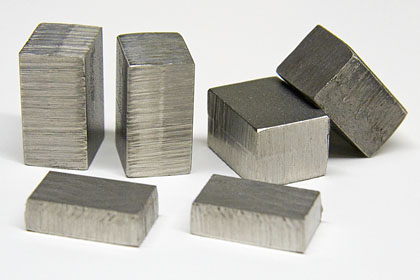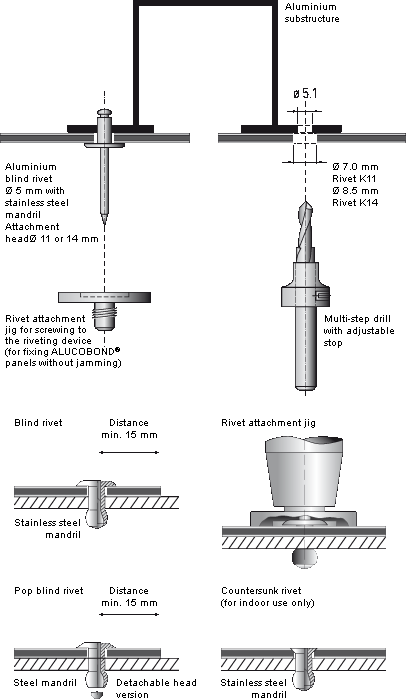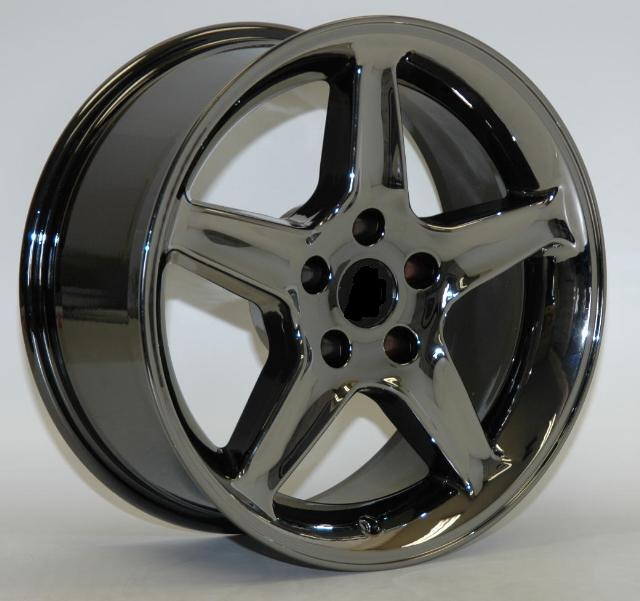Do you know Monel?
Monel is a trademark of Special Metals Corporation for a series of nickel alloys, primarily composed of nickel (up to 67%) and copper, with some iron and other trace elements. Monel was created by David H. Browne, chief metallurgist for International Nickel Co. Monel alloy 400 is binary alloy of the same proportions of nickel and copper as is found naturally in the nickel ore from the Sudbury (Ontario) mines. Monel was named for company president Ambrose Monell, and patented in 1906. One L was dropped, because family names were not allowed as trademarks at that time.
Monel Products
Monel is a nickel-copper alloy with high strength and excellent corrosion resistance in a range of media including sea water, hydrofluoric acid, sulfuric acid, and alkalies. Used for marine engineering, chemical and hydrocarbon processing equipment, valves, pumps, shafts, fittings, fasteners, and heat exchangers.
Compared to steel, Monel is very difficult to machine as it work-hardens very quickly. It needs to be turned and worked at slow speeds and low feed rates. It is resistant to corrosion and acids, and some alloys can withstand a fire in pure oxygen. It is commonly used in applications with highly corrosive conditions.
Monel Valve
Small additions of aluminium and titanium form an alloy (K-500) with the same corrosion resistance but with much greater strength due to gamma prime formation on aging. Monel is typically much more expensive than stainless steel. Monel alloy 400 has a specific gravity of 8.83, an electrical conductivity of approximately 3.4% IACS, and (in the annealed state) a hardness of 65 Rockwell B.
Characteristics of Monel
- Highly resistant to corrosion. Monel is well known as a corrosion strong, rust-resistant material. It is resistant to corrosion and acids, and some alloys can withstand a fire in pure oxygen.
- Stronger than steel
- Malleable
- Low coefficient of thermal expansion
- Highly resistant to alkalis
- It can be welded, brazed and soldered
Aerospace applications
In the 1960s, Monel metal found bulk uses in aircraft construction, especially in making the frames and skins of experimental rocket planes, such as the North American X-15, to resist the great heat generated by aerodynamic friction during extremely high speed flight.
Botton Aeorspace using Monel K400 and Monel K500
Monel metal retains its strength at very high temperatures, allowing it to maintain its shape at high atmospheric flight speeds, a trade off against the increased weight of the parts due to Monel’s high density.
Marine applications
Monel’s corrosion resistance makes it ideal for marine applications such as piping systems, pump shafts, seawater valves, trolling wire, and strainer baskets. Some alloys are completely non-magnetic and are used for anchor cable aboard minesweepers, housings for magnetic-field measurement equipment.
Monel alloy K500 for Marine Valve. The corrosion resistance of Monel K-500 (UNS N05500) is a nickel-copper alloy which combines the excellent corrosion resistance of Monel alloy 400 with the added advantages of greater strength and hardness. The Alloy is non-magnetic and excellent resistant to high velocity sea water. From : Shenyang Gina New Material Co., Ltd.
In recreational boating, Monel wire is used to seize shackles for anchor rodes, Monel is used for water and fuel tanks, and for under water applications. It is also used for propeller shafts and for keel bolts.
Musical instruments
Monel is used as the material for valve pistons in some higher quality musical instruments such as trumpets, tubas and French horn rotors. RotoSound introduced the use of Monel for electric bass strings in 1962, and these strings have been used by numerous artists, including Steve Harris of Iron Maiden, The Who, Sting, John Deacon, and John Paul Jones.
Monel Musical Instrument
Monel was in use in the early 1930s by other musical string manufacturers, such as Gibson Guitar Corporation, who continue to offer them for mandolin as the Sam Bush signature set.
Directional Drilling
Monel drill collars are used in surveying oil wells. Monel collars are used in drilling directional wells which require the well to be steered. Their use permits faster and more accurate surveys, reduce hazards, and decreases the cost of drilling directional of controlled oil wells.
The reduced cost comes from the ability of real time surveys from a MWD tool which has magnetometers built into them. The magnetometers if not surrounded by non-magnetic material (monel, inconel, Cu-Be, or non-magnetic stainless) will be unable to read the earth’s magnetic field without interference and will give an incorrect reading.
Material Properties of Monel :
Typical Monel 400 has the following composition in weight (%) :
- C Max 0.3
- Cu 28 - 34
- Fe Max 2.5
- Mn Max 2
- Ni Min 63
- S Max 0.024
- Si Max 0.5
Mechanical Properties :
- Tensile strength, Ultimate 550 Mpa
- Tensile strength, Yield 240 Mpa
- Elongation at Break 48%
Electrical Properties :
- Electrical Resistance 5.47e-005 ohm-cm
- Curie Temperature (the temperature above which a ferromagnetic substance loses its ferromagnetism) 35°C
Thermal Properties :
- CTE, linear 20°C 13.9 µm/m-°C
- Heat Capacity 0.427 J/g-°C
- Thermal Conductivity 21.8 W/m-K
- Melting Point 1300 - 1350 °C
- Solidus 1300 °C
- Liquidus 1350 °C










 Alloy Suppliers
Alloy Suppliers  Aluminum
Aluminum  Aluminum Extrusions
Aluminum Extrusions  Copper-Brass-Bronze
Copper-Brass-Bronze  Nickel
Nickel  Magnets
Magnets  Stainless Steel
Stainless Steel  Stainless Steel Tubing
Stainless Steel Tubing  Steel Service Centers
Steel Service Centers  Titanium
Titanium  Tungsten
Tungsten  Wire Rope
Wire Rope